Why Should Supply Chain Have C-Level Attention?
SHORT ANSWER: Supply Chain decision making has an increasing impact on C-level performance.
It has become increasingly important for C-level to focus on their supply chain planning.
Instead of seeing it as an IT project handled by the supply chain operation only, it should be a strategic issue.
Why?
Because of changes in the supply chain environment during the last few years.
A combination of the global supply chain crisis, covid19, and the war in Ukraine have contributed to a more turbulent supply chain environment than ever experienced before.
Therefore, your supply chain planning is no longer an issue handled solely by the supply chain operation – it should be a strategic issue frequently discussed by top management.
Below, we have listed three reasons why your supply chain planning has become a C-level problem and ways to navigate an ever-changing supply chain situation.
Let’s get started.
1. Global Lead Time Issues
You have already experienced it yourself. It is hard to get supplies, due to a global supply chain crisis; an issue that started even before covid19 and the war in Ukraine.
Lead times are longer than ever before thanks to current global circumstances that affect supply chains everywhere and there are no signs of the situation improving anytime soon. Therefore, the cure is not waiting for it to vanish. Instead, you should put the challenge high on the strategic agenda.
Why adapt?
Today, your company (and C-level) performance is heavily influenced by how agile your supply chain setup is. The changing situation therefore needs agile strategic decision-making power; a power only C-level executives possess.
A turbulent supply chain environment requires a new and updated view on handling your supply chain planning.
By being prepared and adapting your previous ways of handling your supply chain, you will be able to set your company apart from your competitors.
In so doing, you will successfully move beyond the idea that what you used to do is what you will do tomorrow.
2. Turbulent Supply Chain Environment
I have mentioned them briefly above; Covid19 and the crisis in Ukraine have not made the supply chain environment any more stable.
Covid19, to this day, affects supply chains connected to the Chinese market – just a few new covid19 incident will close down a whole city, harbor etc.
Combined with the war in Ukraine, it creates a very unstable and turbulent environment, where your S&OP needs to be prepared for changes happening overnight.
This means that an agile supply chain planning can become your competitive advantage – if you do it better than your competitors.
If you are not able to deliver a certain product because of stockouts, and a competitor can …
Well, then, customers will buy it from your competitor. It is as simple as that. This is a huge issue that could ultimately close businesses.
To fight these difficulties in predicting supply chain behavior, your supply chain planning should be data-driven and focus on scenario planning instead of gut feeling.
3. C-level Must Push a Data-Driven Agenda
Quite frankly, it is very expensive to not be in control of your supply chain planning.
But by pushing a more data-driven supply chain planning you will be able to help fix the issues.
A data-driven supply chain planning can predict scenarios, giving your C-level transparency from a helicopter perspective, while understanding what is going on, on a more detailed level.
They have the visibility to react quickly according to changes …
… and, more importantly, they can make decisions based on facts and not gut-feelings.
In other words, the C-levels and your supply chain operation will discover issues before they become threatening and precent scenarios to adapt to the situation quickly.
So, how does C-level create a stronger supply chain planning today?
Firstly, that C-levels need to be involved to create a stronger supply chain planning.
Below we have listed strategies for you to create a better and more agile supply chain in the future:
- C-level needs to be involved in S&OP process to understand and decide on the difference scenarios for the future supply chain. Set up monthly executive S&OP meetings to have the joint outlook and agree on the right solutions.
- Push the data-driven agenda. We need to move away from gut-feelings and base our decisions on the data. This will allow you to precent different scenarios of your future supply chain situation, and give the transparency into the reasoning behind the future options.
- Link your supply chain to your financials. Your supply chain performance is directly linked to your financial performance. Therefore, you need transparency in how your supply chain performs to predict your financial performance.
- Your supply chain planning systems need to be agile. You need to act fast to changes. It is no longer enough to work in an old Excel sheet. You need to evolve to a more dynamic and agile setup based on automations. In this way, you will be able to make quick “what if” decisions.
If you want to read more about an optimization of your supply chain, check out this blogpost: Prepare Your Supply Chain Planning for Automation In Just 6 Steps.
Thanks for reading.











